
Orchids are very beautiful plants, but when we acquire them we often wonder if we have to leave them in those pots or if it is better to change them. The truth is that this has a lot of logic, since they are not always in the containers that they should be.
It is not that the producers do not know which one to use, but that many times it is in the same nurseries where they introduce them in ceramic pots that are more beautiful, but that keep the roots hidden, which in plants like Phalaenopsis is a problem. Taking this into account, How should orchid pots be? Coming up next, we tell you.
What types of orchids are there?
Depending on their behavior and the place where they grow, six types of orchids are distinguished:
Epiphytes

Cymbidium
Epiphytic orchids are those that they grow on the branches of trees, As the Cymbidium or Vanda.
Semi-epiphytes
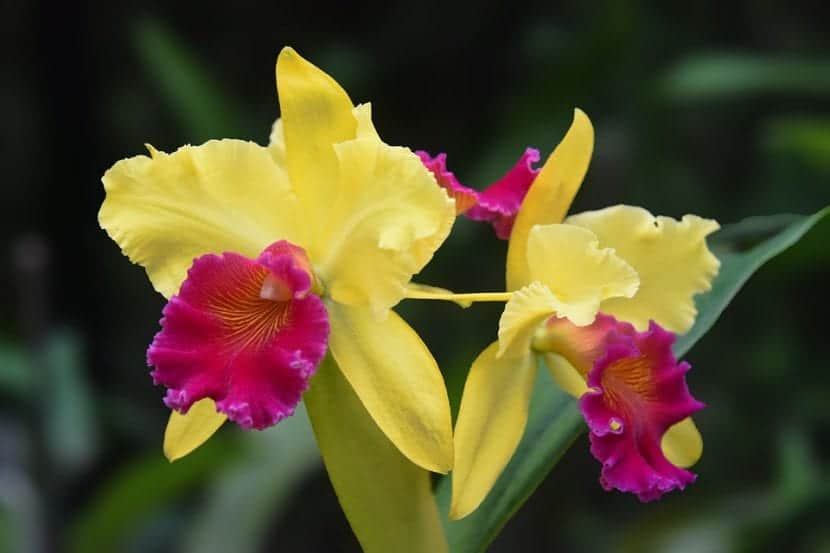
Cattleya
Semi-epiphytic orchids are those that can live both on the branches and on the trunks of other plants, like Cattleya.
Lithophiles
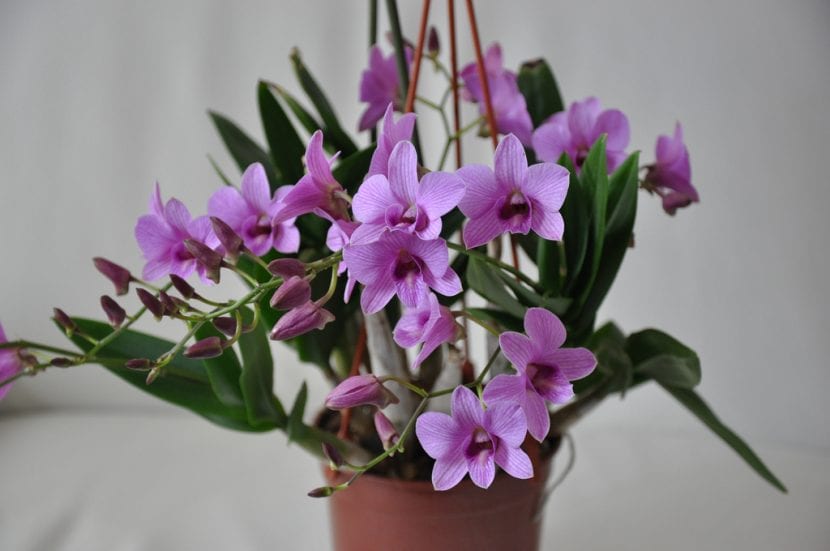
Dendrobium
Lithophilic orchids are those that they grow on the rocks that, with the passage of time, are covered by mosses, lichens and plant fragments. Two classic examples with Phalaenopsis y Dendrobium.
Climbers
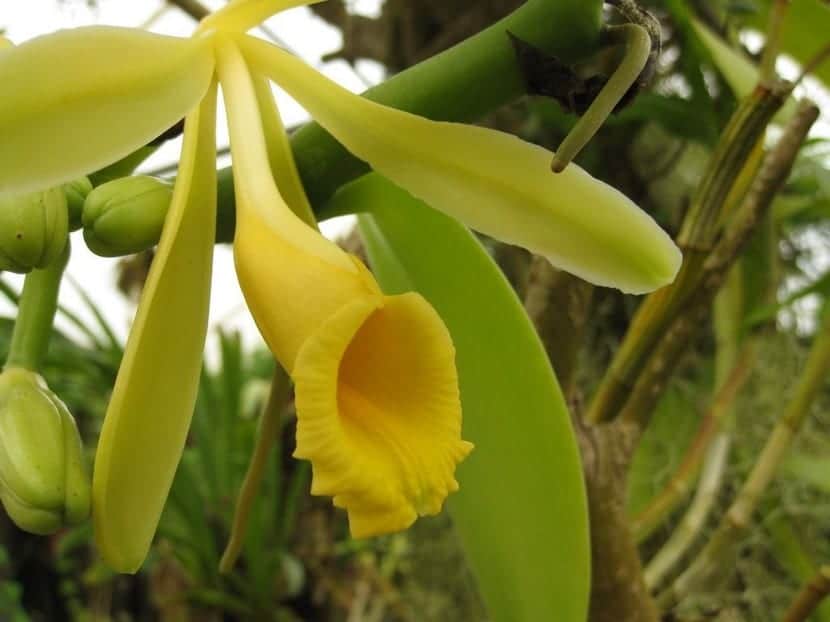
Vanilla
Climbing orchids are plants that root in the ground but that, leaning on the trunks of the trees, grow up, such as the Vanilla.
Terrestrial
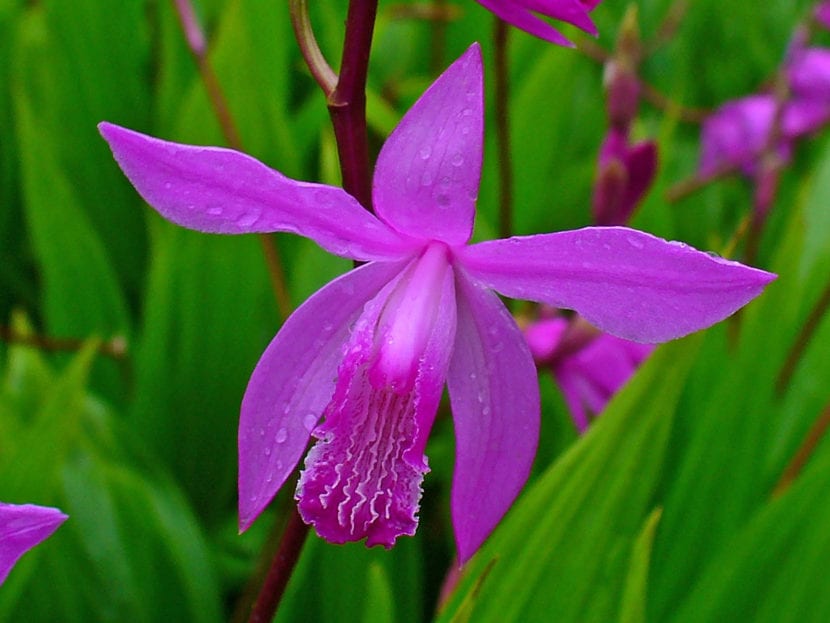
Billlet
Terrestrial orchids are those that they grow on the ground, As the Billlet or the Paphilopedilum.
Parasites

corallorhiza
Parasitic orchids are those that do not have the ability to produce chlorophyll on their own and that therefore they have to parasitize another plant in order to survive, such as Corallorhiza. They are very difficult to find for sale since their cultivation is complicated.
What pot to use?
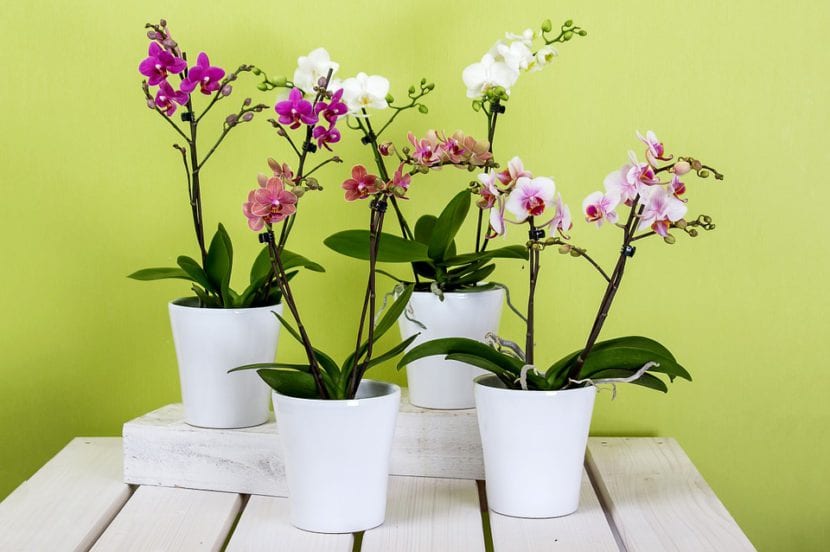
Now that we have seen the different types of orchids, it will be easier for us to know what type of pot to use, whether one made of transparent or colored plastic. But to make it a little more so and there is no room for confusion, we are going to see exactly which one we have to buy for our beloved plant.
And let's start at land and for the creepers. These orchids, as we have mentioned, grow on the ground; that is to say, its roots penetrate the earth. For this reason, we have to plant them in colored plastic pots, since this way they will be able to grow without problems.
On the contrary, if we have acquired a epiphyte yes or yes we will have to plant it in a transparent plastic pot (like this one here) because in their habitat they have quite exposed roots. But if it is semi-epiphytic or lithophilic, we can use the container that we like the most, be it transparent or colored.
We hope it has been useful to you. 🙂
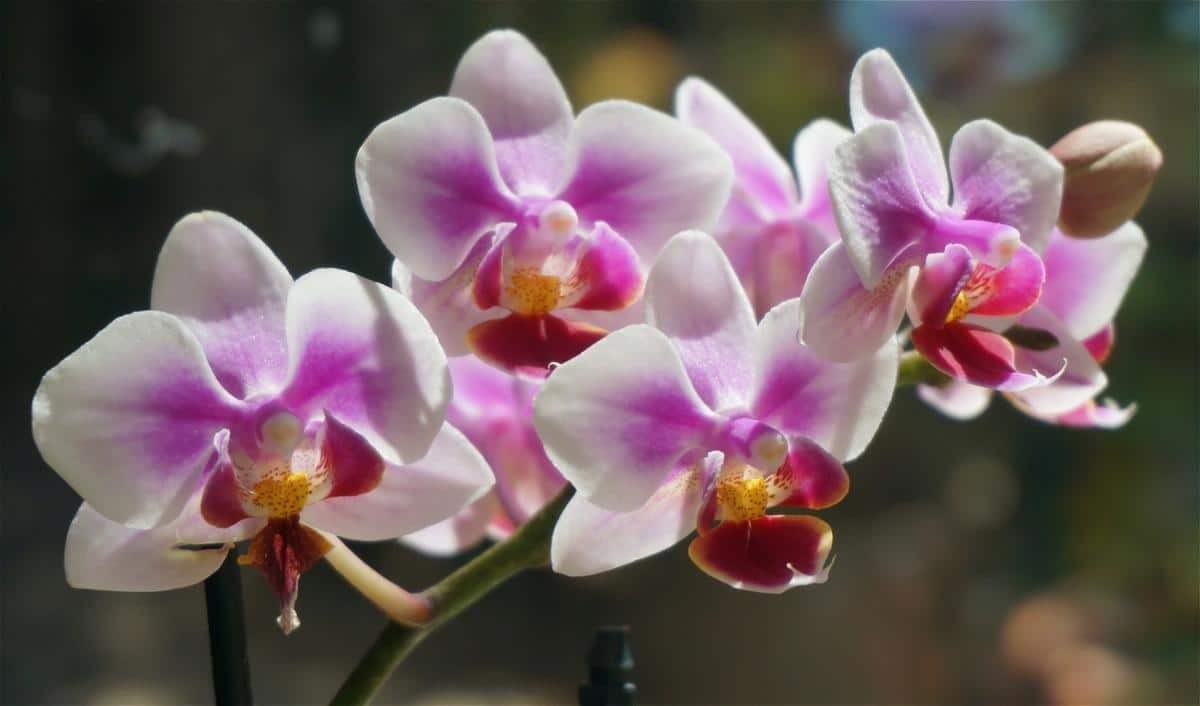
Thank you very much Monica, as always your publications are very interesting and useful.
Perhaps it is convenient to refer to the types of substrates for each type of orchids, although they can be assumed according to their origin.
regards
Javier